Description
In the high-stakes arena of power generation and industrial automation, where voltage regulation must deliver unwavering stability to prevent generator excursions, load rejections, or cascading failures that could disrupt grid synchronization and trigger emergency shutdowns, the perennial challenge lies in excitation systems that falter under dynamic loads, transient surges, or varying field conditions. Picture a hydroelectric turbine house or a standby diesel genset in a data center: the exciter must ramp field currents precisely to maintain 1% voltage accuracy during 100% load steps, but traditional analog regulators succumb to nonlinear distortions from non-linear loads like UPS systems or harmonic-rich drives, compromising process control and inviting non-compliance with IEEE C37.90 or IEC 61508 for SIL 2-rated applications. Legacy brushless exciters might suffice for steady states, but they lack the digital adaptability, fault-tolerant redundancy, and diagnostic depth needed for modular integration into modern SCADA or DCS platforms, where high reliability demands seamless field current regulation without custom transformers or the overhead of analog drift corrections in environments prone to dust, humidity, or voltage fluctuations from upstream rectifiers.
The Basler DECS-200-2L steps in as a digital excitation control system from Basler Electric’s DECS-200 series, engineered to fortify generator voltage management with robust precision in these demanding scenarios. This module addresses the imperative for system stability by providing flexible DC field output for 32 Vdc, 63 Vdc, or 125 Vdc applications up to 15 Adc, incorporating a pulse-width-modulated (PWM) power stage that enhances performance under non-linear loads while supporting automatic voltage regulation (AVR), field current regulation (FCR), and power factor (PF)/VAR control modes. In typical process control environments—such as utility-scale generators or industrial backup systems—the Baserman DECS-200-2L emerges as essential, enabling compact DIN-rail or panel-mount integration that interfaces via RS-485 Modbus for real-time handoffs to central controllers, ensuring excitation signals remain pristine amid 3 kV transients or 70°C ambients. Its internal/external auto-tracking minimizes voltage bumps during paralleling, while built-in protections like overexcitation limiters (OEL) and underfrequency safeguards preempt faults, making it a go-to for upgrades where generator uptime directly safeguards against blackouts or load dumps.
Engineers deploying the Basler DECS-200-2L value its consultative versatility for retrofits from older DECS-100 analog units, offering native BESTCOMS software for offline configuration that trims setup time, complete with event logging that preempts synchronization errors. In high-reliability industrial automation, it withstands the grind of continuous duty—like rectifier diode aging or grid disturbances—by embedding self-diagnostics and redundant power options, delivering the excitation edge that aligns field currents with load imperatives, where every ampere regulated fortifies against the fog of failures, ensuring your generator narratives hum with the precision that turns potential excursions into equilibrated excellence.
- DECS-200-2L
The Basler DECS-200-2L functions as a frontline regulator in the excitation layer of your power control stack, mounting directly on DIN rails or enclosures to condition 3-phase sensing inputs (up to 600 Vac) for voltage feedback, while its PWM amplifier drives the field coil with 0 to 15 Adc output from 24/48 VDC supply, achieving <0.5% steady-state regulation across 10-100% loads. It processes signals via a 16-bit DSP for modes like AVR (tracking line voltage) or FCR (maintaining field current during faults), with auto-tracking for parallel operation that synchronizes within 1 V on transfer. Configured through a front LCD/keypad or PC tools, it tunes gains for stability and outputs alarms via dry contacts for SCADA like GE iFIX. In a full system, it pairs with PM100200 power supplies for redundancy, drawing 24 VDC at 5 W quiescent.
In the broader architecture, the Basler DECS-200-2L sits upstream of the exciter bridge, often paralleled in 1oo2 setups where a secondary unit votes outputs with <20 ms sync to uphold SIL 2 against single-point faults, leveraging RS-485 for DNP3 extensions that propagate trends to EMS platforms. Diagnostics are approachable: front LEDs signal mode (green for AVR, amber for faults), while event buffers—accessible remotely—log OEL trips for predictive maintenance. It thrives on 24/48 VDC rails, with hot-swap support for upgrades without genset outages, a lifeline in 24/7 power control. Protocols like Modbus RTU enable multidrop (up to 32 units), but in core excitation, it harnesses the loop’s inherent fault tolerance for seamless handoffs to governor systems.
This adaptive armature scales adroitly—cascade for multi-unit plants—while its 5.5 x 3.5 x 1.5 inch footprint eases enclosure density. For the engineer plotting power profiles, the Basler DECS-200-2L is the astute alternator that anticipates excitation enigmas, ensuring your voltage vectors vibrate with unerring uniformity, bridging transducer truths to turbine tenacity without the cacophony of compromises or the cost of current chaos.
| Specification | Details |
|---|---|
| Model Number | DECS-200-2L |
| Brand | Basler Electric |
| Type | Digital Excitation Control System |
| Input Voltage | 24/48 VDC (18-72 V range) |
| Operating Temp Range | -40 °C to +70 °C |
| Mounting Style | DIN Rail / Panel Mount |
| Dimensions | 140 x 89 x 38 mm (H x W x D) |
| Weight | 0.5 kg |
| Interface/Bus | RS-485, Dry Contacts |
| Compliance | IEC 61508 SIL 2, IEEE C37.90, CE |
| Supported Protocols | Modbus RTU, DNP3 |
| Typical Power Draw | 5 W (quiescent), 200 W max |
Opting for the Basler DECS-200-2L infuses your excitation ecosystem with a regulatory resilience that recalibrates load lumps into linear loads, where its PWM stage quells distortions that derail analog exciters, securing long-term performance through 0.5% regulation that holds across 10-100% steps—garnering MTBF beyond 200,000 hours to slenderize spares in genset vaults. This fortitude forgoes frequent gain tweaks, with OEL diagnostics that preempt trips via RS-485 alerts, streamlining upkeep from exhaustive extractions to expedient evals that reclaim shifts from surge sagas.
Consistency prevails in variability: <20 ms response seizes 100% load transients, synchronizing field currents with governor rhythms to forefend undervoltages in paralleling, indispensable for grid safeguards where lag liabilities losses. Engineering encumbrances ease as well; its DIN footprint fuses with incumbent panels sans rewires, hastening excitation infusions and rerouting rigor from transformer tap-changes to tracking tweaks, while FCR modes adapt to brushless variances without adders. Engineered for the excitation engineer’s edge, the Basler DECS-200-2L envisions escalations—like Ethernet DNP3 for remote fleets—yielding a system that stewards not just currents but capacities, contracting CAPEX via leaner lines, lucid logs, and the latent leverage that lets voltages vector vigilantly, not vicariously.
In hydroelectric plants, the Basler DECS-200-2L modulates turbine exciters, conditioning 3-phase sensing amid water-hammer shocks in process control realms, where its auto-tracking upholds critical system uptime against grid faults, fine-tuning synchronization for hydro peaks without phase slips.
Diesel standby gensets for data centers harness the Basler DECS-200-2L for load-stepping, amplifying feedback in UPS-harmonic environments and 10 g quakes, bolstering black-start sequences in high-reliability backups that necessitate SIL 2 surety to avert outages during server surges.
Industrial cogeneration units deploy it for gas turbine paralleling, interfacing voltage transducers in exhaust-heated sheaths, with the Basler DECS-200-2L‘s noise rejection ensuring nonstop cogging by muting false drifts in continuous cycles that sync with steam headers for cogeneration efficiency.
DECS-200-1L – Single-mode variant for basic AVR setups in small hydro gensets.
DECS-200-3L – Enhanced edition with Ethernet for DNP3 in utility SCADA integrations.
DECS-100 – Legacy analog predecessor for phased migrations with similar outputs.
PM100200 – Paired power module for redundant 24 VDC feeds in DECS-200 racks.
DECS-200-2S – AC-powered sibling for 120 VAC control in legacy diesel panels.
BESTCOMS Suite – Software for offline configuration and DECS-200 cloning.
AVR Test Kit – Diagnostic add-on for bench-testing DECS-200 outputs in maintenance.
IEEE C37.90 Relay – Complementary protection relay for OEL handoffs from DECS-200 alarms.
Before DIN-railing the Basler DECS-200-2L, audit your 3-phase sensing for balance within 2% across legs with a clamp meter—imbalances breed regulation faults—and align RS-485 baud to 9600 via BESTCOMS for Modbus writes; snag firmware v2.5+ from Basler’s portal to embed DNP3 profiles. Torque terminals to 1 Nm for 10 g resilience, and validate 3 kV isolation between field and sensing with a hi-pot, while scripting 50 mm vertical gaps for airflow in enclosures nearing 70 °C. Ground the enclosure to PE per IEEE C37.90, and precondition with a no-load float test to affirm <20 ms responses sans saturation.
In runtime regimen, embrace protocols that exalt endurance without excess. Biweekly, interrogate status LEDs—green for AVR nominal, amber for OEL—and extract event queues via Modbus for regulation drifts over 0.5%, retuning gains if variances vault 3%. Quarterly, load-cycle with a rheostat at 80% duty, chroning responses under 50 ms for IEC 61508 ledgers, and peruse terminals for oxidation in humid vaults—dab with contact cleaner, depowered to discharge dynamics. For dusty or corrosive dens, inspect seals semiannually for breaches, meggering at 500 VDC to hold 10 MΩ, and echo configs on a bench regulator pre-patch for peer parity. This tempered tempo, tied to load tides, toughens your team to tend the Basler DECS-200-2L‘s tenor, transmuting tribulations into tenacity.

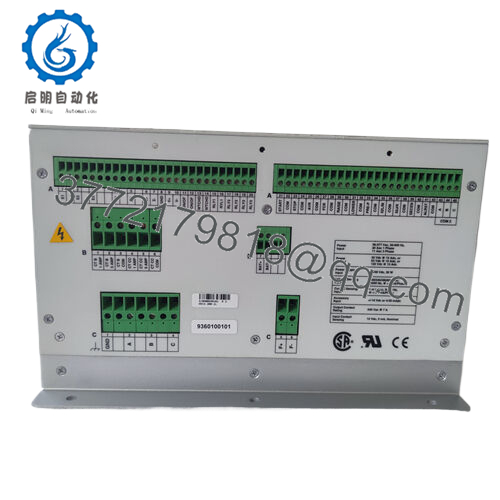
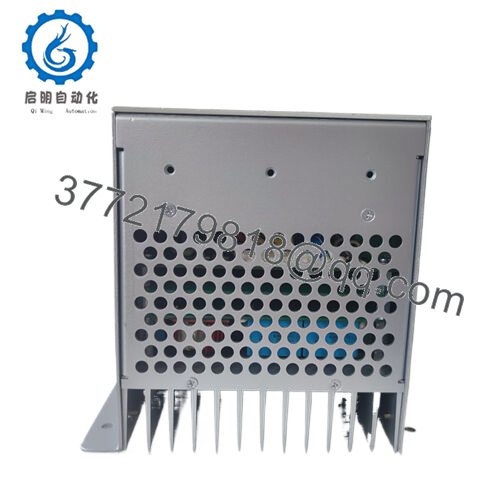
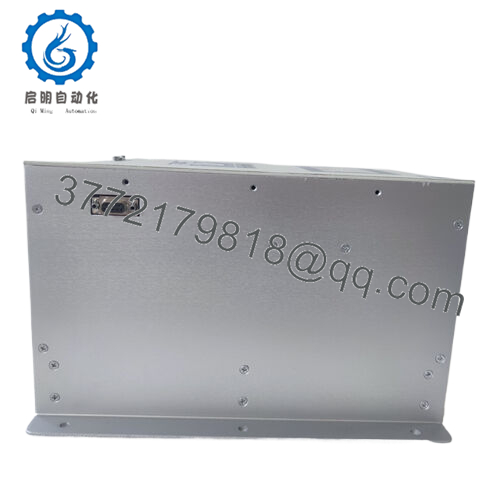
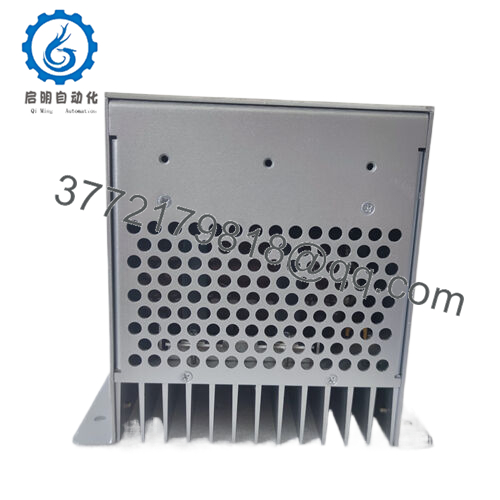
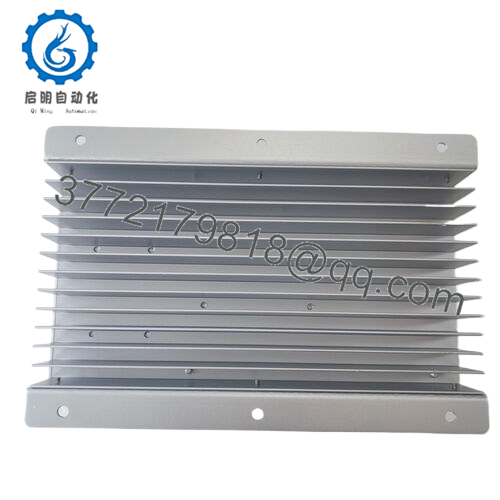
 WhatsApp: +86 16626708626
WhatsApp: +86 16626708626 Email:
Email:  Phone: +86 16626708626
Phone: +86 16626708626


